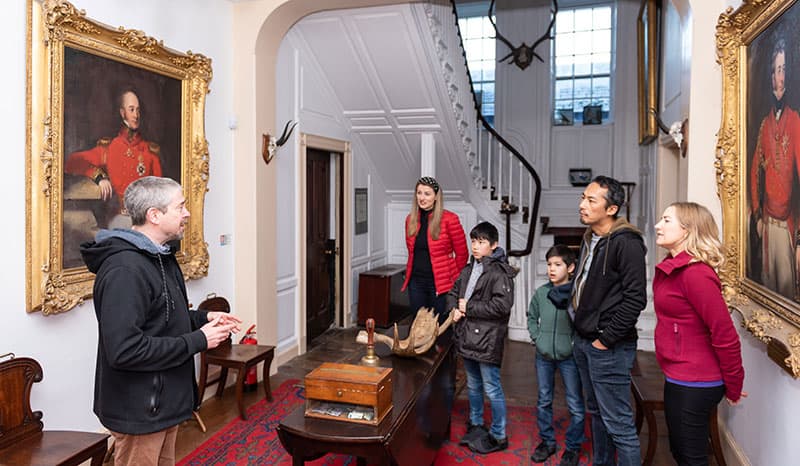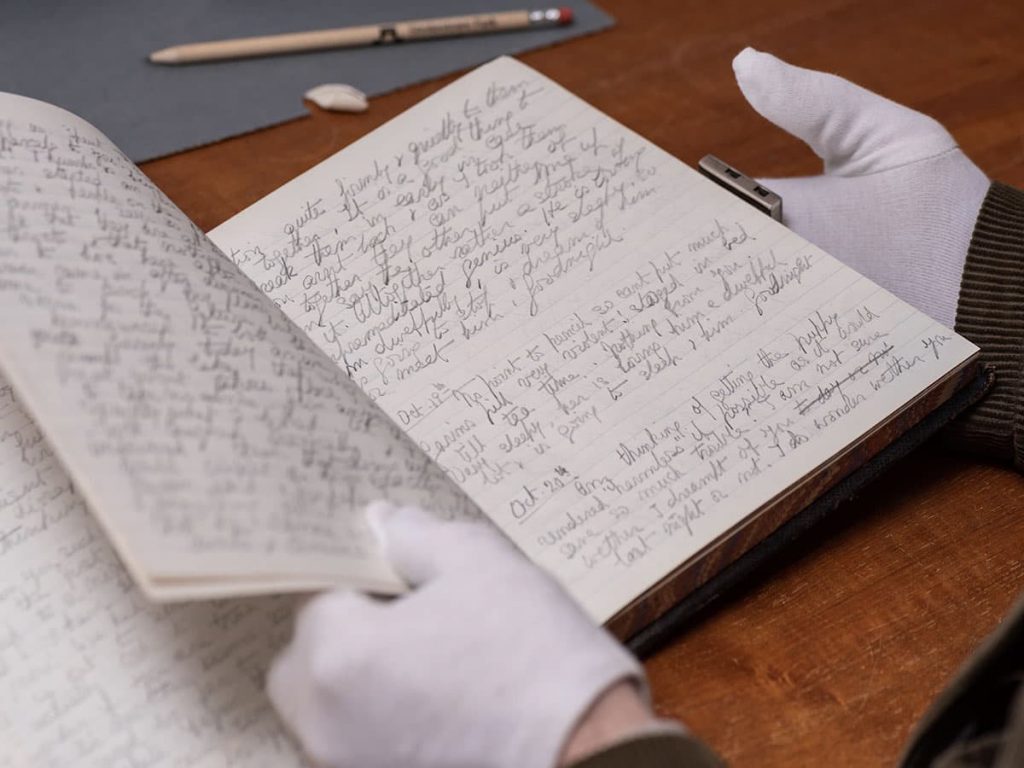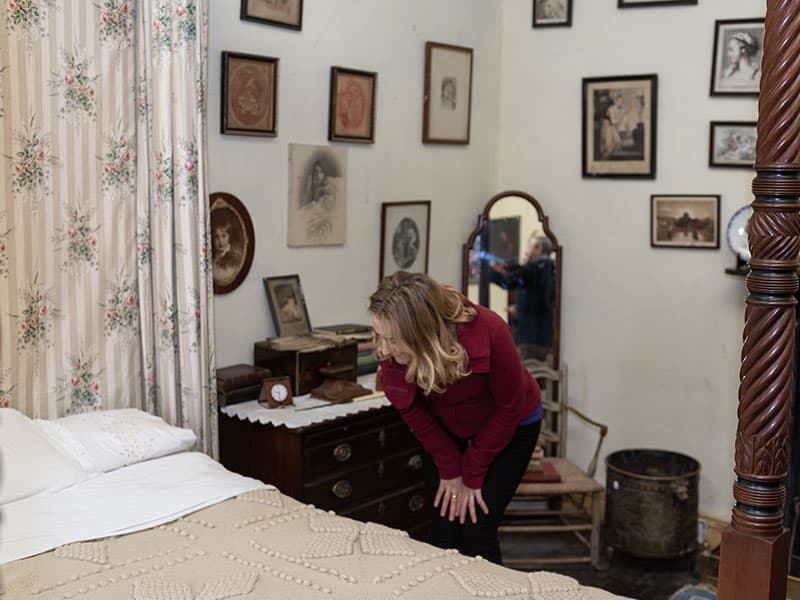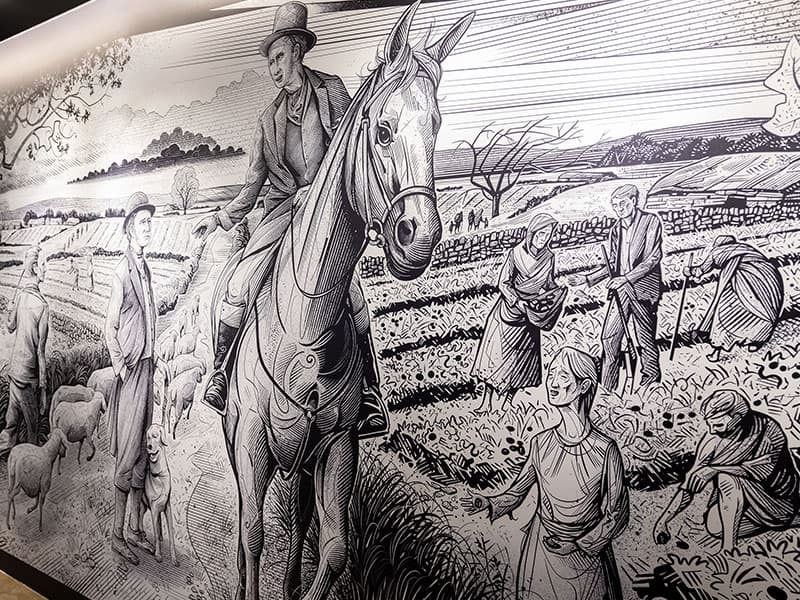The seat of the Pakenham Mahon family from the 1660s to 1979, Strokestown Park House is full of thousands of original artefacts spanning over three centuries.
Each generation of the Pakenham-Mahon family left their trace on this grand Roscommon mansion. This is a house where very little was ever thrown away, and so unique and organic collections of objects and decorations built up over the centuries.
Together, these fascinating collections form a kind of time capsule, packed with everything from antique furniture, dining sets, and kitchenware, to toys, school books, and hobby tools, with lots to tell us about what life was like in the Irish country house for everyone who lived and worked within and around them, from servants and aristocrats to Strokestown Park’s tenants .
See the collections for yourself on a guided tour of Strokestown’s grand formal rooms, the family’s private quarters, and the galleried kitchen in the basement, and visit the National Famine Museum to learn the tenants’ stories that survive in the correspondence, filed away and forgotten, in the great mansion.
Strokestown Park House
Strokestown Park House, as a building, represents an important collection of Georgian Palladian architectural features, which include door cases and window architraves, plasterwork and mouldings, and the staircase, to name but a few of its noteworthy features.


Unique Famine-Era Documents
Strokestown Park’s Famine Archive houses around 55,000 original famine-era documents, retrieved from Strokestown Park House, that offer invaluable insights into how tenants, cottiers and landlords experienced the Great Irish Famine. These documents represent a unique resource for scholars of famine across the world.
Tools that Tell Stories of a Gardener’s Life
In Strokestown Park’s gardens, you’ll find our collection of vintage gardening tools, once. used for planting, potting, and other tasks right across the Estate.
These everyday objects will give you a vivid sense of what life was like for the staff who tended the exotic plants in Strokestown Park’s glasshouse and the produce that was brought to the gentry’s table.






